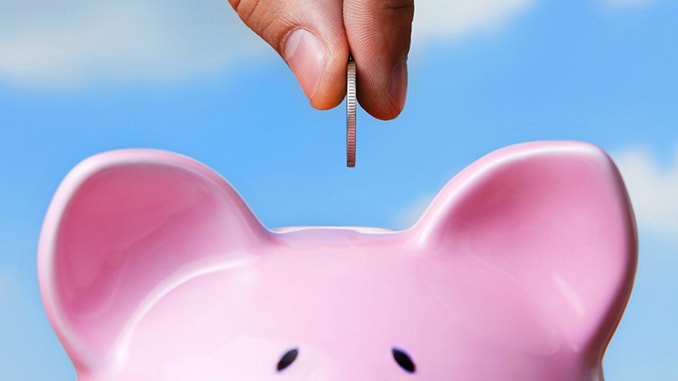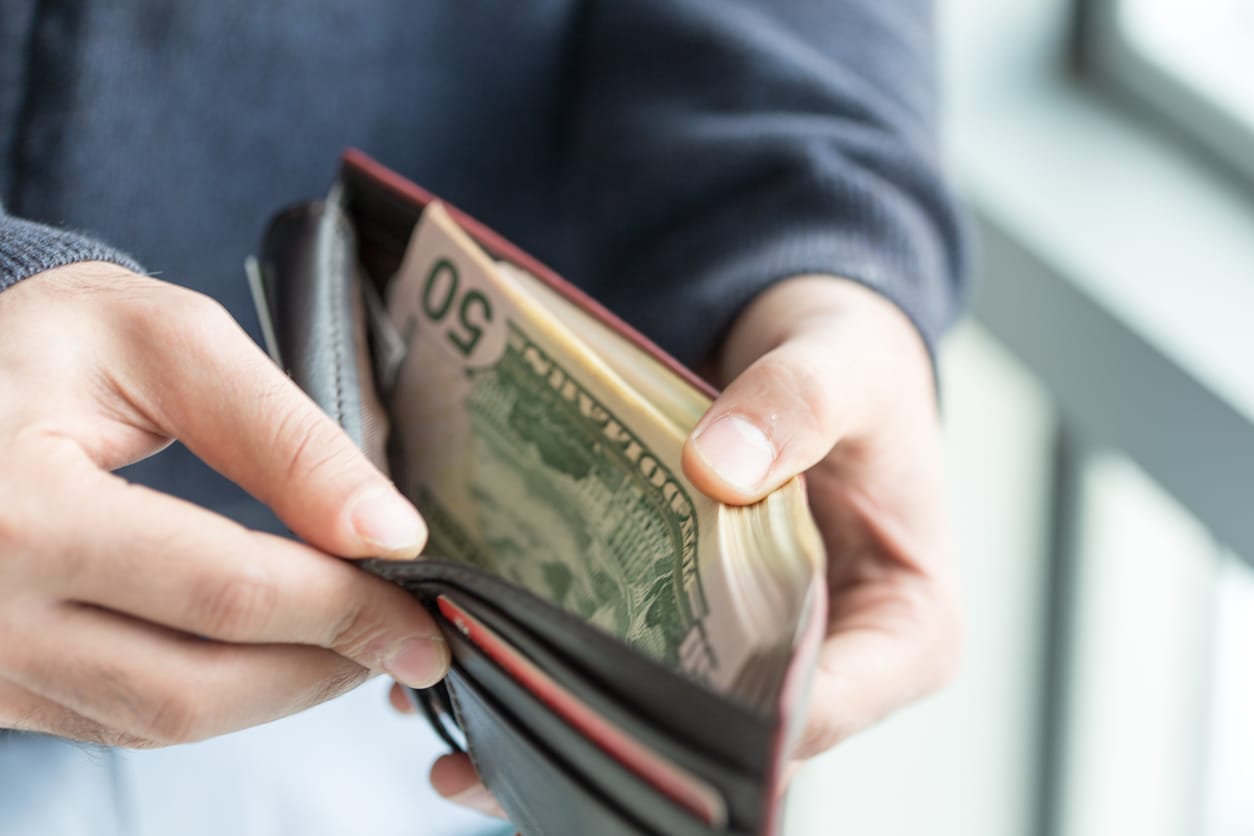10 Ways to Trick Yourself into Saving Money

A staggering 34% of American adults have absolutely nothing stashed away in savings. Maybe you fall into this percentage, or just want a way to contribute more to your savings account? If so, you need to learn how to cut expenses and control your spending habits. Here are 10 tips you can use to start saving and watch your money tree grow.
1. Automate It
By automating your home and utility payments you’ll never miss a payment again. This means you’ll never fall victim to costly late-fees or risk your credit score. But, it’s not only your bills that you can automate. After working out a budget, you can allocate a percentage of your paycheck that can be sent to your savings account on a day of your choosing. This is a great choice as everything is taken care of without you having to lift a finger.
2. Hide It
You’ve heard the saying “out of sight, out of mind” before. So, if you make your savings harder to access they’ll continue to grow in the background, and you won’t be tempted to use them for impulse purchases. If you set up a savings account with a different bank, you’ll avoid seeing your balance every time you log in to online banking. By forgetting about it, you are less likely to start fanaticizing about all the things that you could buy with that money.
3. Name It
A great tactic is to name your savings account with the purpose you intend to use it for. When you set up multiple bank accounts through your online banking you can often rename them. If you’re tempted to withdraw funds from your account, you’ll be less likely to take funds from one named ‘California Road Trip’, than an unnamed one. The name will make you remember why you started saving in the first place, and stop your lack of willpower in its tracks.
4. Use an App
You can use some useful apps to do the hard work for you. Digit takes a look at your checking account transactions and will transfer money you won’t miss straight to a Digit savings account. Acorns is another great app, every time you pay for something the amount will be rounded up to the nearest dollar and the difference will be invested. You’ll be a micro-investor in no time. Also, Bank of America has a program called Keep the Change. It’s similar to Acorns, with the exception that your spare change goes to a savings account.
5. Lock It Up
Except for your emergency fund, it might be a good idea to create a barrier between yourself and your savings. Set at least $500 of emergency money aside that you can use in case anything happens. But, with anything more, your best bet might be to keep it locked up. Instead of a standard savings account, you can use a Certificate of deposit, which will charge you a penalty if you access it early. This is a good option for retirement savings. But, know that if you access these savings the penalty will be between 25% to 50% of every withdrawal.
















